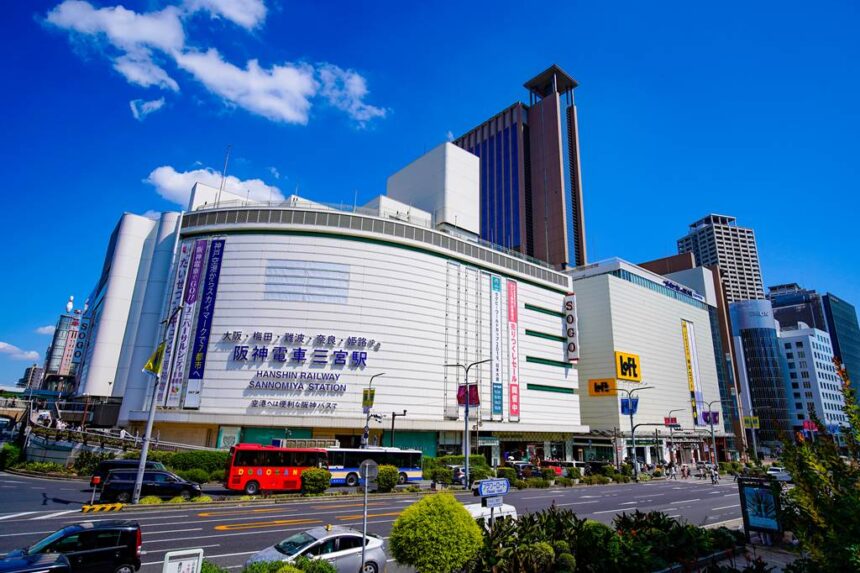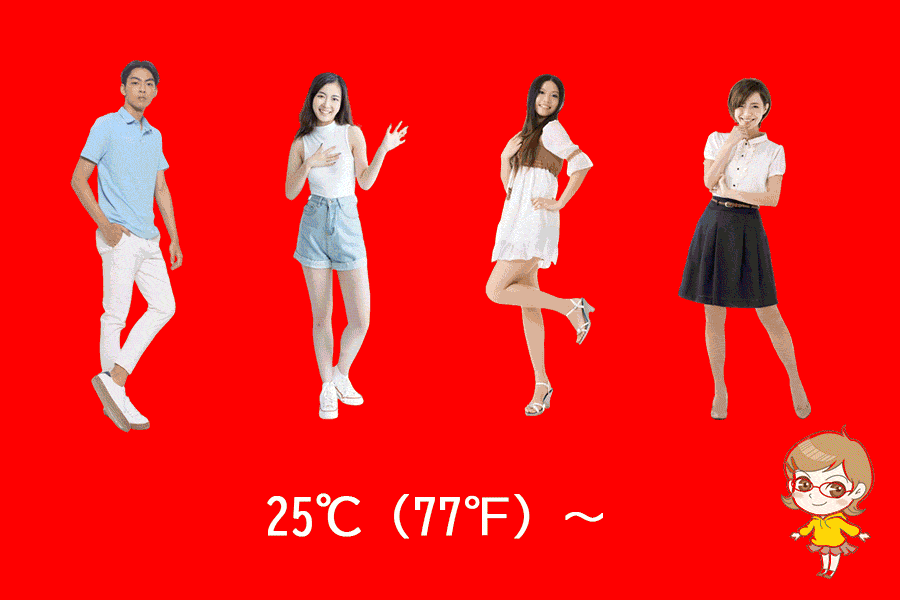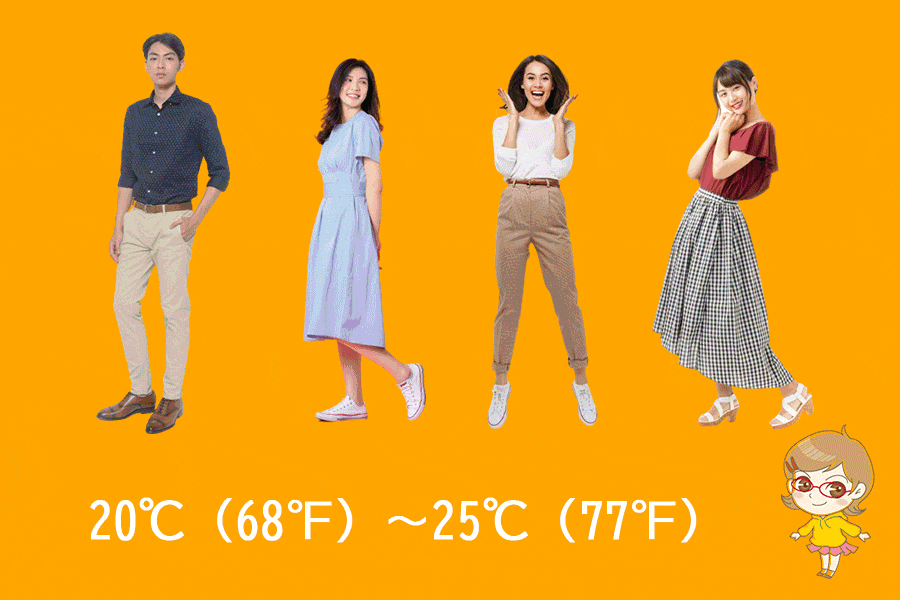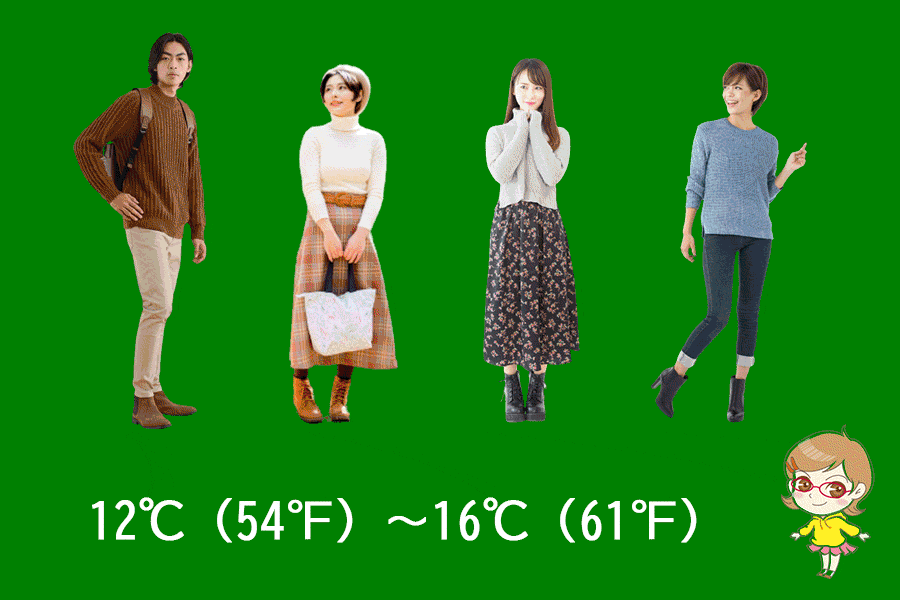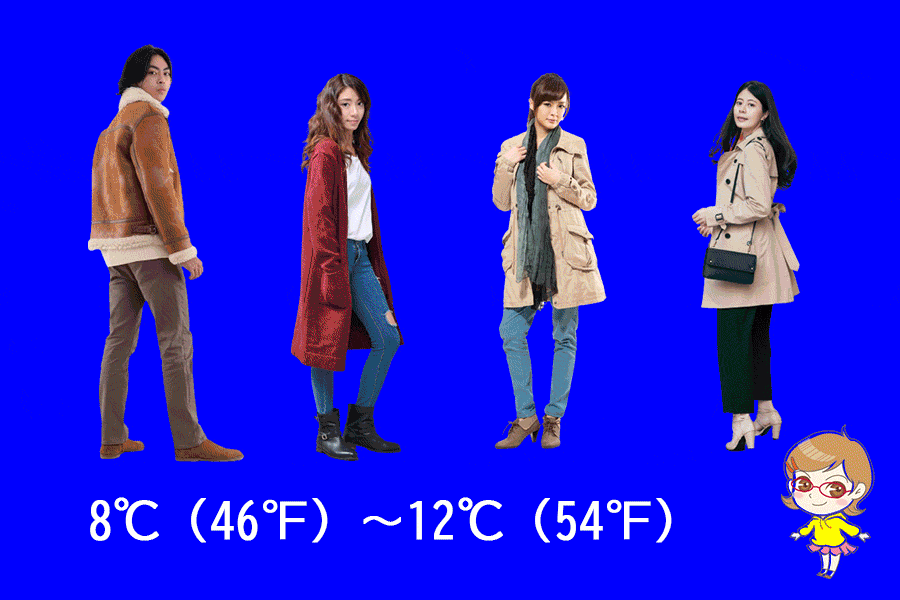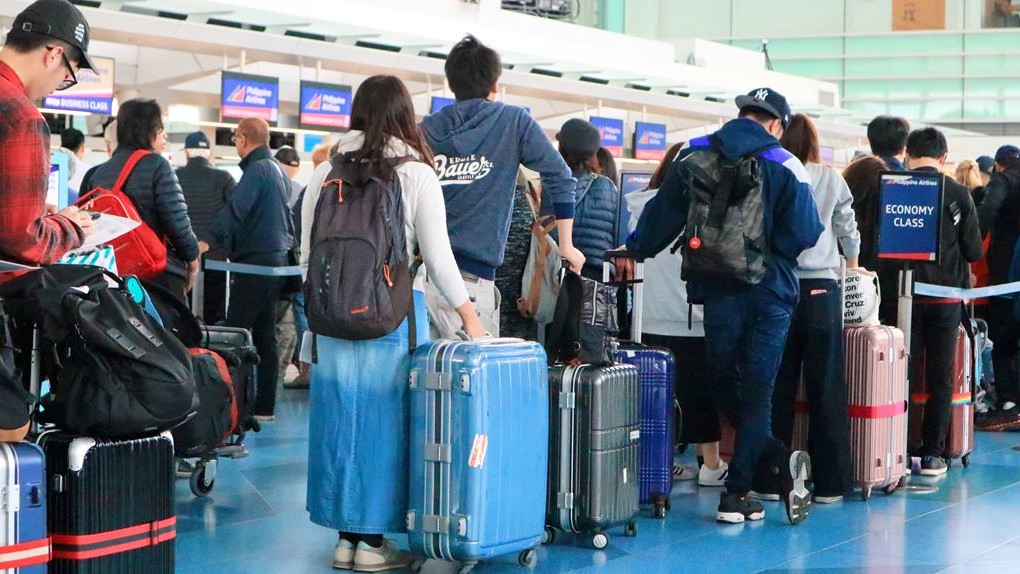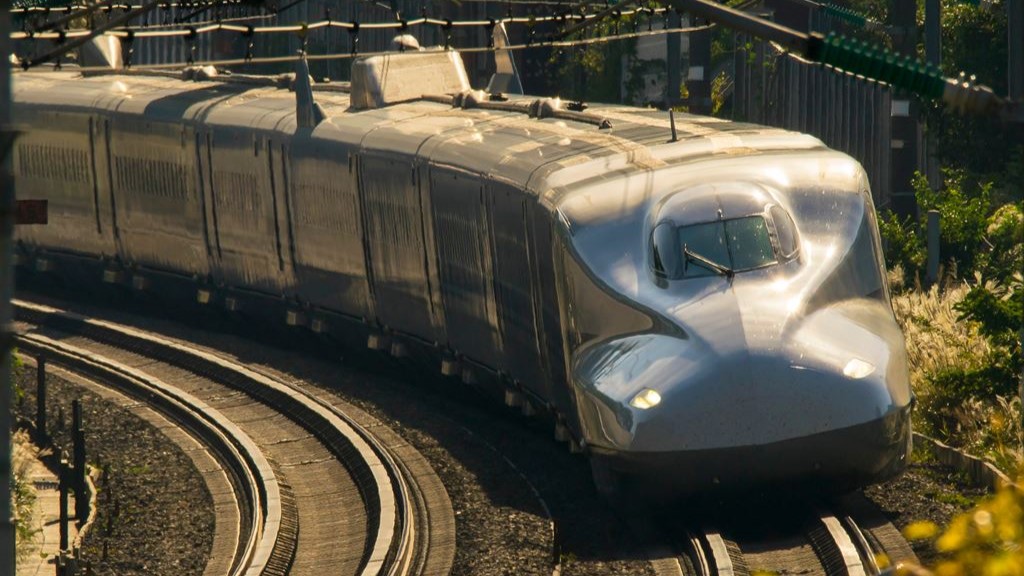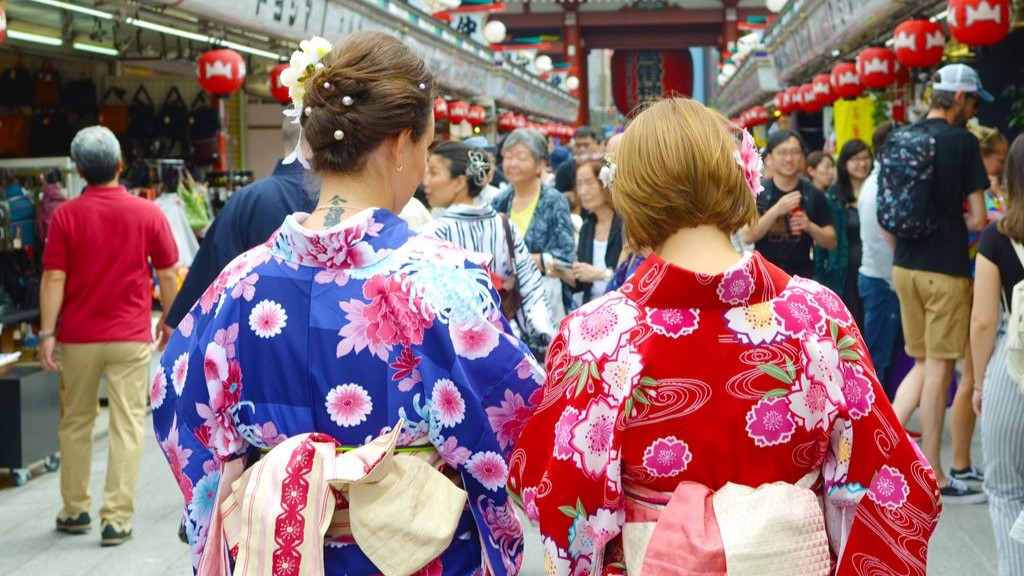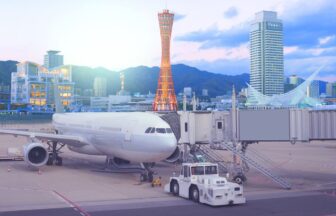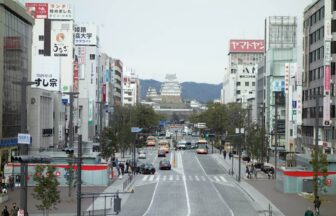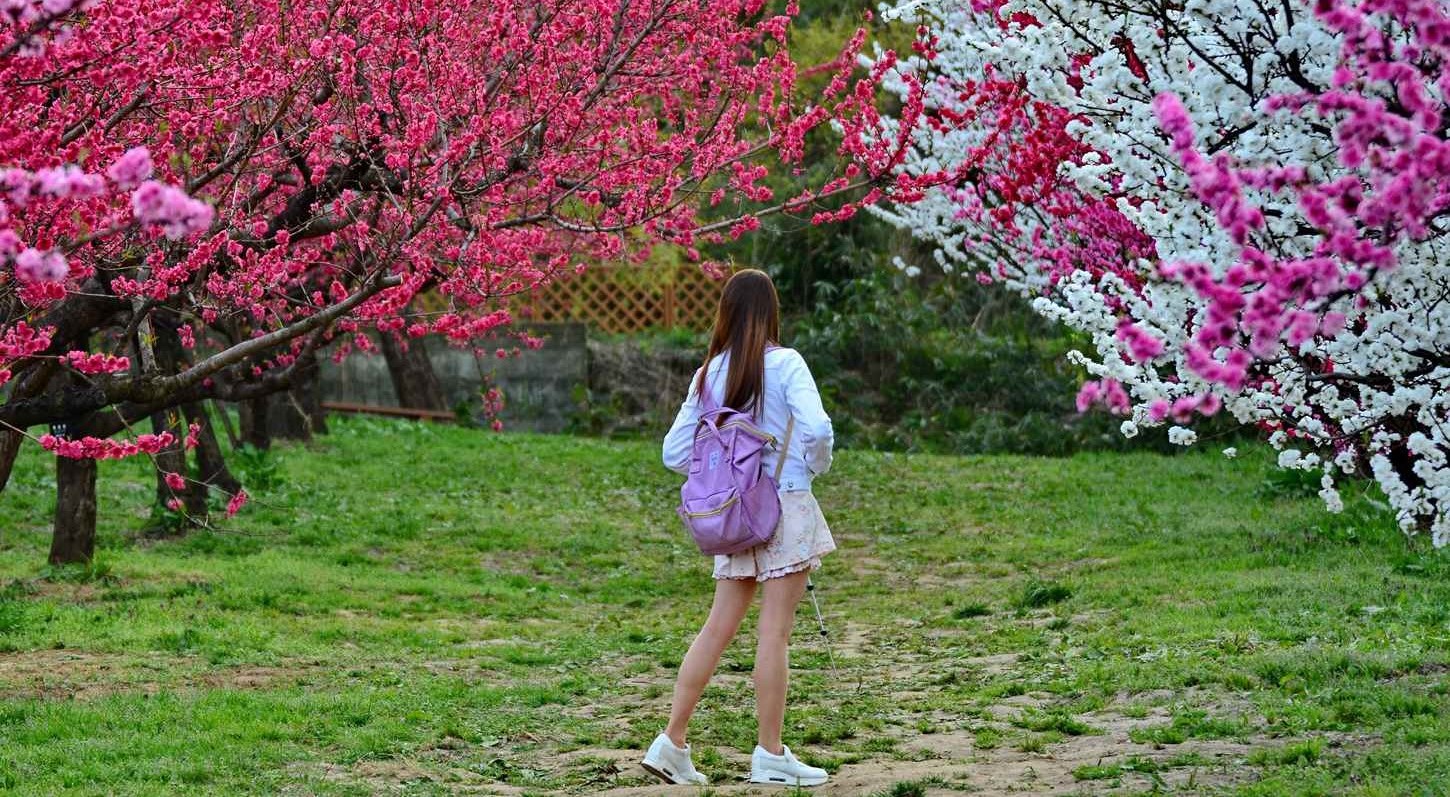4-chome-1-1 Nunobikicho Chuo Ward Kobe City Hyogo Prefecture 651-0097 MAP
↓ Click to jump to the relevant section.
| Current Weather | Annual Weather | Tourist Attractions |
| Baggage Deposit | Hotels |
Current weather and clothing

The weather information shown here is the information closest to the station in question. Please note that there may be slight differences.
Yearly temperature changes and recommended clothing
Clothing recommendations for each temperature range
When traveling in Japan with the following average temperatures, the recommended clothing is as follows:
Monthly changes in temperature, precipitation, and snowfall (1991~2020 average, Japan Meteorological Agency survey)
| Jan. | Feb. | Mar. | Apr. | May | Jun. | Jul. | Aug. | Sep. | Oct. | Nov. | Dec. | |
| temperature(°C) | 6.2 | 6.5 | 9.8 | 15 | 19.8 | 23.4 | 27.1 | 28.6 | 25.4 | 19.8 | 14.2 | 8.8 |
| precipitation(mm) | 38.4 | 55.6 | 94.2 | 100.6 | 134.7 | 176.7 | 187.9 | 103.4 | 157.2 | 118 | 62.4 | 48.7 |
| snowfall(cm) | 0 | 0 | — | — | — | — | — | — | — | — | — | 0 |
Winter
December
December is one of the coldest months in Sannomiya, with an average temperature of 8.8°C. It also experiences snowfall during this month, with an average precipitation level of 48.7 mm. It is recommended to wear warm and insulated clothing, such as woolen sweaters, thick jackets, trousers, and warm boots. Carrying gloves, scarves, and a warm hat is also advisable to protect against the cold and snowy weather.
January
The average temperature in January in Sannomiya Station, Japan is 6.2°C, and it is the coldest month of the year. The weather is cold and dry with occasional snowfall. It is recommended to wear warm clothing such as a coat, sweater, or heavy jacket to stay warm. Men should wear trousers, long-sleeved shirts, and warm jackets, while women should wear warm pants, long-sleeved shirts or blouses, sweaters, and a coat. Gloves, hats, and scarves are also recommended for extra warmth.
February
In February, the average temperature in Sannomiya Station is 6.5°C. The weather is still cold and dry, and snowfall is possible. The recommended clothing for this month is similar to January, with warm clothing such as a coat, sweater, or heavy jacket being essential to stay warm. Men should wear trousers, long-sleeved shirts, and warm jackets, while women should wear warm pants, long-sleeved shirts or blouses, sweaters, and a coat. Gloves, hats, and scarves are also recommended for extra warmth.
Spring
March
The average temperature in Sannomiya Station in March is 9.8°C. The weather begins to warm up, but it is still chilly, with occasional rain showers. It is recommended to wear a light coat or jacket to keep warm. Men can wear trousers and long-sleeved shirts or light jackets, while women can wear pants or skirts, blouses or light jackets, and a light coat. An umbrella is also recommended for the occasional rain showers.
April
In April, the weather starts to warm up, with an average temperature of 15°C in Sannomiya Station. It is recommended to wear lighter clothing such as long-sleeved shirts, t-shirts, and pants. Men can wear light jackets or sweaters, while women can wear light jackets, blouses, or cardigans. A light scarf or shawl can be worn for cooler evenings.
May
May is a pleasant month in Sannomiya Station, with an average temperature of 19.8°C. It is recommended to wear light and comfortable clothing such as t-shirts, skirts, or shorts. Men can wear short-sleeved shirts and shorts, while women can wear short-sleeved blouses or dresses. A light jacket or cardigan can be worn for cooler evenings.
Summer
June
The average temperature in June in Sannomiya Station is 23.4°C. The weather is warm and pleasant, but it can be humid with occasional rain showers. It is recommended to wear light and comfortable clothing such as t-shirts, shorts, or skirts. Men can wear short-sleeved shirts and shorts, while women can wear dresses or shorts with t-shirts or blouses. An umbrella is also recommended for the occasional rain showers.
July
In July, the average temperature in Sannomiya Station is 27.1°C, and it is the hottest month of the year. The weather is hot and humid with occasional rain showers. It is recommended to wear light and breathable clothing such as t-shirts, shorts, or skirts. Men can wear short-sleeved shirts and shorts, while women can wear dresses or shorts with t-shirts or blouses. An umbrella is also recommended for the occasional rain showers.
August
August is one of the hottest and wettest months in Sannomiya, with an average temperature of 28.6°C and a high level of precipitation at 103.4 mm. It is recommended to wear light and breathable clothes, such as cotton T-shirts, shorts, and sandals, to stay comfortable in the hot and humid weather. As it rains frequently in August, carrying an umbrella or raincoat is also advisable.
Autumn
September
In September, the average temperature drops slightly to 25.4°C, but it remains humid with high levels of precipitation at 157.2 mm. It is recommended to wear light and comfortable clothing, such as cotton T-shirts, skirts, and breathable shoes. Carrying an umbrella or raincoat is also advisable as it is still rainy during this month.
October
October marks the arrival of autumn in Sannomiya, with the average temperature dropping further to 19.8°C. The precipitation levels also decrease to 118 mm. It is recommended to wear light layers of clothing, such as long-sleeved cotton shirts, jeans or trousers, and comfortable shoes for walking around. Carrying a light jacket or a sweater is also advisable as it gets chilly in the evenings.
November
In November, the weather becomes cooler, with an average temperature of 14.2°C and lower precipitation levels at 62.4 mm. It is recommended to wear warm clothing, such as woolen sweaters, jeans or trousers, and comfortable shoes. Carrying a warm jacket or coat is also advisable as the temperature drops considerably during this month.
Recommended tourist destinations
Kobe Nunobiki Herb Gardens
1-4-3 Kitanocho, Chuo-Ku, Kobe 650-0002 Hyogo Prefecture
Kobe Nunobiki Herb Garden is located near Shin-Kobe Station and is reached by a ropeway. Once you get off the ropeway, you will see 75,000 herbs and flowers of about 200 varieties blooming in every season. Enjoy meals and sweets at the restaurant, café, and terrace. The resort facility is a place where you can spend a day in elegance, relaxing in the colorful garden or in a hammock.
Kobe Harborland
1Chome Higashi Kawasakicho, Chuo-Ku, Kobe 650-0044 Hyogo Prefecture
Harborland is an area where you can experience Kobe as a “port city” with a variety of large complexes including movie theaters and amusement spaces, and where it is pleasant to wander around while enjoying the view of the sea. On weekends, “handmade markets” and “marche” are held. Don’t miss the lights and illumination at night.
Kobe Animal Kingdom
7-1-9 Minatojima Minamimachi, Chuo-Ku, Kobe 650-0047 Hyogo Prefecture
This is a symbiotic park on Kobe Port Island where visitors can interact with flowers, animals, and people. Visitors can enjoy interacting with alpacas, capybaras, kangaroos, birds, and a variety of other animals amidst flowers in full bloom all year round. The powerful and moving bird performance shows are very popular. The park is all-weather, making it a safe place to enjoy even on rainy days.
Kobe Oji Zoo
3-1 Ojicho, Nada-Ku, Kobe 657-0803 Hyogo Prefecture
The zoo features approximately 800 animals of about 130 species from around the world, including the popular giant panda. The zoo is full of fun, including “Animals and Children’s Kingdom,” where you can get up close and personal with rabbits and goats, and the Animal Science Museum, where you can learn about the wonders of animals while playing.
Ikuta Shrine
Shimoyamatedori, Chuo-Ku, Kobe 650-0011 Hyogo Prefecture
This is a shrine with a long history, mentioned in the Nihon Shoki (Chronicles of Japan) as having been built around the 3rd century. There are various places of interest within the shrine grounds, such as the ancient Ikuta Forest and Benkei Bamboo. The shrine is also known as a god of marriage, as it is said that if one makes a wish for the fulfillment of love while facing the cedar tree in Matsuo Shrine, the wish will come true.
Mt. Maya
2-2 Mayasanmachi, Nada-ku, Kobe 657-0105 Hyogo Prefecture
Maya is used as a familiar mountain by the local people. The night view from the observatory, which is reached by cable and ropeway, is known as one of the three best night views in Japan, and is a night spot that Kobe is proud of. It is also known as a mountain with a variety of places to enjoy such as Tenjoji Temple and Rokko Mountain Farm.
Chinatown (Nankinmachi)
Motomachidori, Chuo-Ku, Kobe 650-0022 Hyogo Prefecture
Along with Yokohama and Nagasaki, it is one of Japan’s three major Chinatowns. With more than 100 stores, including authentic restaurants and general merchandise stores, the area is crowded with tourists throughout the year.
Kitano Ijinkan-gai
1 to 4 Chome, Chuo-Ku, Kobe 650-0002 Hyogo Prefecture
The Kitano area, dotted with former residences of foreigners who came to Kobe after the opening of the port, is a popular area for sightseeing in Kobe with its exotic atmosphere. Many Western-style buildings remain, and the area has been selected as a national Important Preservation District for Groups of Traditional Buildings. Many of the buildings can be toured inside and are used as museums, cafes, stores, etc.
Sannomiya Center Gai Shopping Street
Sannomiyacho, Chuo-Ku, Kobe 650-0021 Hyogo Prefecture
Established in 1946, just after the end of the war, this arcade street is one of Kobe’s representative arcades, connecting JR Sannomiya Station with the neighboring Motomachi Station approximately one station away. The wide, high arcade is characterized by a sense of openness and is lined with unique stores selling fashion, books, home electronics, sundries, interior goods, gourmet foods, and more. You can enjoy shopping in every possible genre.
Takenaka Carpentry Tools Museum
7-5-1 Kumochicho, Chuo-Ku, Kobe 651-0056 Hyogo Prefecture
It is the only museum of carpentry tools in Japan. In addition to approximately 1,000 selected carpentry tools, the museum exhibits a 7-meter tall model of the Golden Hall of Toshodaiji Temple, which soars in the atrium, and a skeleton tea room that shows the delicate work of a sukiya (tea ceremony house). The museum also plans workshops where visitors can see the carpenters’ techniques up close, taking advantage of the museum’s unique feature of being “a museum with palace carpenters.
Where to leave your luggage
There are a total of six coin locker locations scattered throughout JR Sannomiya Station. The coin locker with the largest number of lockers is the East Exit Coin Locker Room. You can easily find it as it is located diagonally to the left in front of you as soon as you exit the East Exit ticket gate.
Recommended hotels and inns
Oriental Hotel
25 Kyomachi, Chuo-Ku, Kobe 650-0034 Hyogo Prefecture
10-minutes walk from Sannomiya Station
Hotel class: 4
Hotel style: Modern , Romantic
Check Rates & Availability:
>> See on Tripadvisor
>> See on Trip.com
>> See on Expedia
ANA Crowne Plaza Kobe, an IHG hotel
1-chome Kitanocho, Chuo-ku, Kobe 650-0002 Hyogo Prefecture
15-minutes walk from Sannomiya Station
Hotel class: 4
Hotel style: Mountain View , Bay View
Check Rates & Availability:
>> See on Tripadvisor
>> See on Trip.com
>> See on Expedia
Hotel Okura Kobe
2-1 Hatobacho, Chuo-Ku, Kobe 650-8560 Hyogo Prefecture
17-minutes walk from Sannomiya Station
Hotel class: 4
Hotel style: Park View , Bay View
Check Rates & Availability:
>> See on Tripadvisor
>> See on Trip.com
>> See on Expedia
Hotel La Suite Kobe Harborland
7-2 Hatobacho, Chuo-Ku, Kobe 650-0042 Hyogo Prefecture
1.0mi/1.6km from Sannomiya Station
Hotel class: 4.5
Hotel style: Romantic , Charming
Check Rates & Availability:
>> See on Tripadvisor
>> See on Trip.com
>> See on Expedia
Kobe Portopia Hotel
6-10-1 Nakamachi, Minatojima, Chuo-Ku, Kobe 650-0046 Hyogo Prefecture
2.3mi/3.7km from Sannomiya Station
Hotel class: 4
Hotel style: City View , Family
Check Rates & Availability:
>> See on Tripadvisor
>> See on Trip.com
>> See on Expedia
Kobe Sannomiya Tokyu REI Hotel
6-1-5 Kumoidori, Chuo-Ku, Kobe 651-0096 Hyogo Prefecture
2-minutes walk from Sannomiya Station
Hotel class: 3
Hotel style: Centrally Located , Business
Check Rates & Availability:
>> See on Tripadvisor
>> See on Trip.com
>> See on Expedia
Hotel Villa Fontaine Kobe-Sannomiya
4-1-4 Asahidori, Chuo-Ku, Kobe 651-0095 Hyogo Prefecture
4-minutes walk from Sannomiya Station
Hotel class: 3
Hotel style: Modern , Business
Check Rates & Availability:
>> See on Tripadvisor
>> See on Trip.com
>> See on Expedia
Hotel Piena Kobe
4-20-5 Ninomiyacho, Chuo-Ku, Kobe 651-0093 Hyogo Prefecture
7-minutes walk from Sannomiya Station
Hotel class: 3
Hotel style: Charming , Quiet
Check Rates & Availability:
>> See on Tripadvisor
>> See on Trip.com
>> See on Expedia
Kobe Motomachi Tokyu REI Hotel
25 Kyomachi, Chuo-Ku, Kobe 650-0034 Hyogo Prefecture
11-minutes walk from Sannomiya Station
Hotel class: 3
Hotel style: Modern , Centrally Located
Check Rates & Availability:
>> See on Tripadvisor
>> See on Trip.com
>> See on Expedia
We support your itinerary planning!
Click the button to get an overview of hotel information and popular tourist routes from all over Japan featured on our site. We’ve included comprehensive details to aid in planning your trip, so please make use of it.
Comprehensive checklist before traveling to Japan

Book flights
Compare and purchase flight tickets
When planning your trip to Japan, it's advisable to start by researching flights several months in advance. Airlines often release promotional fares, especially during off-peak seasons. Use comparison sites like Skyscanner or KAYAK to get a sense of the price range. Be flexible with your travel dates if possible; flying mid-week might be cheaper than on weekends.
>> Visit Skyscanner's official website
>> Visit KAYAK's official website
Order Japan Rail Passes for each family member
Purchase your Japan Rail Pass before departure
The Japan Rail (JR) Pass offers unlimited travel on JR trains, making it a cost-effective option for tourists. However, it's only available to foreign tourists and must be purchased *before* you arrive in Japan. Determine the areas you plan to visit; if you're traveling extensively, a nationwide pass is beneficial, but if you're only exploring a specific region, consider regional JR passes. Children under 12 get a discounted pass, so ensure you order the correct type for each family member.
>>Visit Japan Rail Pass's website
Plan your attire for Japan
Check the weather at your destination on this site
Japanese weather varies significantly by season. In summer, it's hot and humid, so breathable clothes are essential. Winters, especially in the north, can be cold, requiring warm attire. If visiting during the rainy season (June to early July), pack a good umbrella and waterproof shoes. While Japan is generally casual, certain places like temples, shrines, or upscale restaurants may require modest and neat dressing.
Reserve a pocket Wi-Fi or SIM card
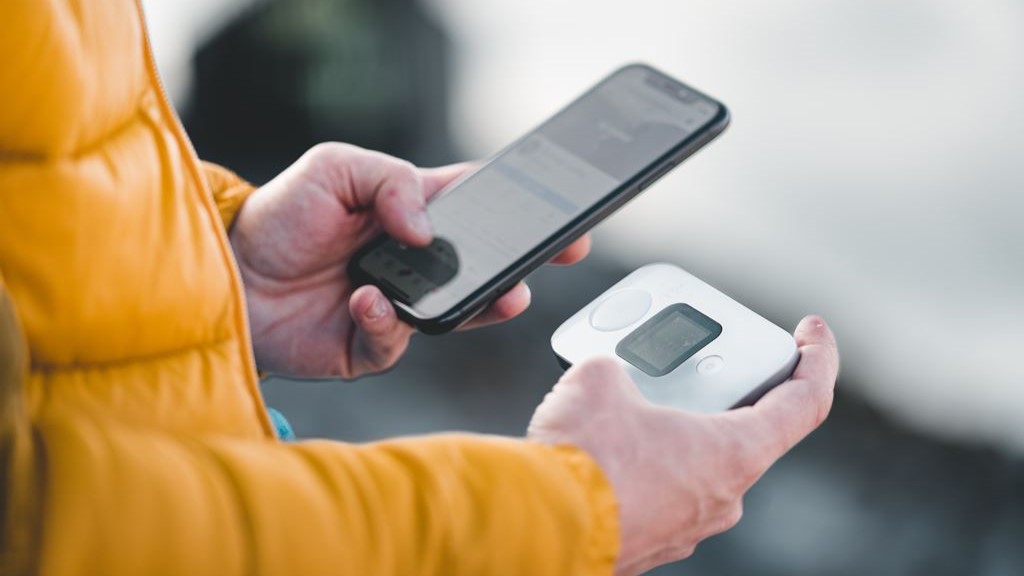
SIM card or pocket Wi-Fi is required
Beyond clothes, consider packing essentials like a universal power adapter (Japan uses Type A and B sockets), portable Wi-Fi or SIM card for internet access, and any necessary medications (with a copy of the prescription).
Which is better: a SIM card or pocket Wi-Fi?
When traveling in Japan, one essential to consider is securing internet access, especially given that many locations still don't offer free Wi-Fi. To ensure you can use your smartphone throughout your trip, you'll typically have three options: (1) a SIM card, (2) pocket Wi-Fi, or (3) the roaming service provided by your mobile company. Roaming services can be quite expensive, so we often recommend using a SIM card or pocket Wi-Fi. While SIM cards tend to be more affordable than pocket Wi-Fi, they can be trickier to set up. Pocket Wi-Fi, on the other hand, can be shared among several users, making it a favorable choice for families or groups.
▼SIM card
Advantages:
Relatively affordable.
Disadvantages:
Can be time-consuming to set up initially.
May have strict data limits.
▼Pocket Wi-Fi
Advantages:
Offers substantial data allowances.
A single device can be shared among multiple users.
Easily usable with PCs as well.
Disadvantages:
Typically more expensive.
Japan's representative services
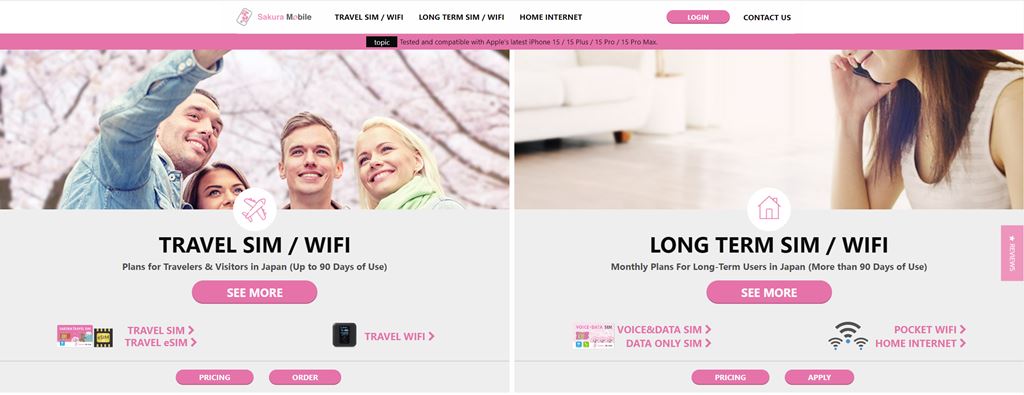
Sakura Mobile's website
▼SIM card
>>Visit Sakura Mobile's official website
>>Visit mobal's official website
▼pocket Wi-Fi
>>Visit Sakura Mobile's official website
>>Visit NINJA WiFi's official website
>>Visit Wi-Fi RENTAL Store's official website
Book local tours as needed
Pre-book your tour and have a great trip!
Local tours offer deep insights into Japan's culture and heritage. Websites like Viator or GetYourGuide offer a variety of tours, from traditional tea ceremonies to modern pop culture tours in Akihabara. Consider unique experiences like staying with monks on Mt. Koya or taking a cooking class to learn authentic Japanese dishes.
>>Visit Viator's official website
>>Visit GetYourGuide's official website
Purchase advance tickets for popular attractions
Make a reservation to avoid crowds
Attractions like Tokyo Disneyland, Universal Studios Japan, or the Studio Ghibli Museum often have long ticket queues. Buy tickets online in advance to save time. Some attractions also have timed entry, so check the specific time slots available and plan accordingly.
▼Tokyo Disney Resort
>>Visit Tokyo Disney Resort official website
>>Visit Viator's Tokyo Disneyland page
>>Visit Viator's Tokyo DisneySea page
>>Visit GetYourGuide's Tokyo Disneyland page
>>Visit GetYourGuide's Tokyo DisneySea page
▼Universal Studios Japan
>>Visit USJ official website
>>Visit Viator's USJ page
>>Visit GetYourGuide's USJ page
Buy travel insurance

insurance concept, health, life and travel insurance
It is important to be prepared for emergencies
While Japan is a safe country, travel insurance is crucial for unforeseen events like health emergencies, travel disruptions, or lost baggage. Ensure your policy covers medical expenses in Japan, as healthcare, though excellent, can be expensive.
Here we introduce online travel insurance services that are popular worldwide.
World Nomads: An online travel insurance service widely endorsed by travelers worldwide. They offer plans that cover adventurous activities and high-risk sports.
>>Visit World Nomads' official website
AIG Travel Guard: An insurance service available to travelers all over the world. They offer a wide range of options, including cancellation protection and emergency medical insurance.
>>Visit AIG Travel Guard's official website
Share your itinerary with emergency contacts
Organize your reservation information
Keep a digital and printed copy of your detailed itinerary, including hotel addresses, train schedules, and booked tours. Share this with a trusted family member or friend not traveling with you.

